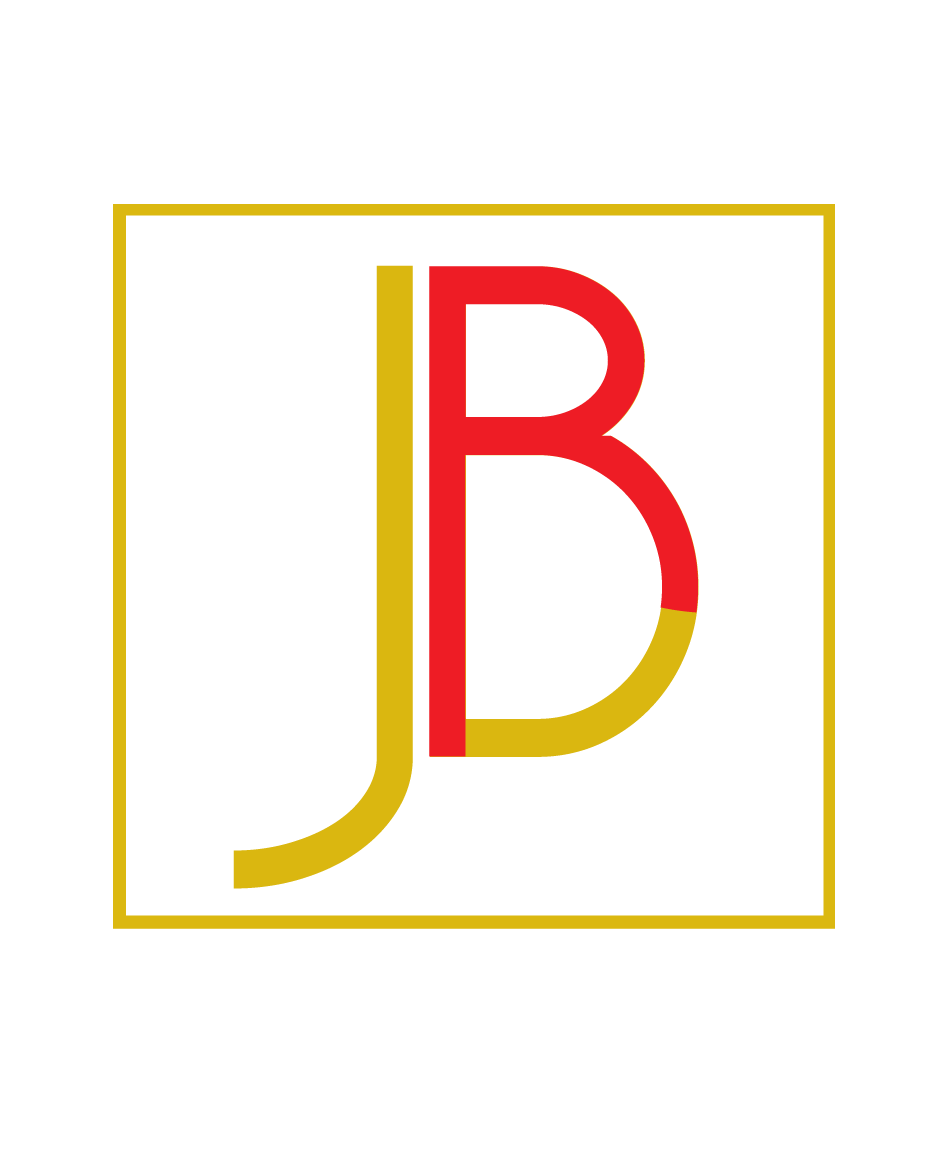04 Oct Clean Out Your Desk
“A Clean Desk Is the Sign of a Sick Mind.” plaque seen in gift store
No matter what pithy plaques say to the contrary, every good teacher knows that effective learning starts with a clean slate, a clean desk, and a clean page – and the same is true for business people. According to experts, Americans waste almost 30 minutes a day – 180 hours a year – looking for misplaced items. If your hourly wage is $20, that's $3600 a year! I would wager that there are many things you could do with an extra $3600 or 180 hours this year.
One of the first steps to getting organized is eliminating the clutter, and one of the first places you should tackle is your desk. Here's a six-step approach to streamlining your workspace:
Set aside some time. The scenario you want to avoid: getting elbow-deep in the organizing process, only to have to dump it all back in the drawers and boxes because you have to stop to finish a report, host a webinar, or pick your kids up from school. While how much time you need will depend on the size of your space (and your mess), a good rule of thumb is an hour for a desk, bookshelf, or file drawer.
Pull it all out. Even though it will make a gosh-awful mess, the quickest and easiest way to start your organizing process is to clear out the drawer, shelf, or desktop. Strip it down to the studs and wipe the surface free of dirt, dust, and stray paperclips. Then you'll have a fresh surface to work from.
Sort. Sort the items you pulled out into categories, such as paper, writing implements, books, manuals, etc. As you are sorting, toss any obvious offenders, such as scraps of paper, broken items, outdated receipts, etc.
Decide. Choose how many of each item you need – pens, blank notebooks, etc. – and then toss, recycle, or give away the rest. Trying to decide what you need to keep? Think about what you have space for, as well as what you're likely to use in a reasonable amount of time. You might have room for seventeen replacement cartridges for your printer, but will you use it all before you upgrade to a new printer?
Organize. Replace the items in a logical manner – printing supplies near the printer, business books on a single shelf, computer manuals near the computer, etc. Also think about keeping the most frequently used items in the most accessible place, and less-frequently used items in more remote locales.
Maintain. Unfortunately, organizing is not a one-time event; you must set aside regular times to file paperwork, clear the counters, and take out the trash. Even just five minutes at the end of the day is sufficient to keep a handle on pile build-up.
Organizing is a great way to start your fall. It will help you get a grip on any new needs you have, as well as remind you of tasks and projects awaiting your attention. You'll be ready to tackle whatever comes your way with a clean desk, and a clean mind.

